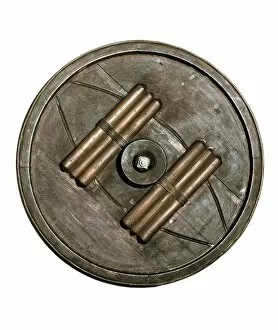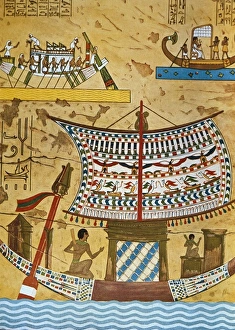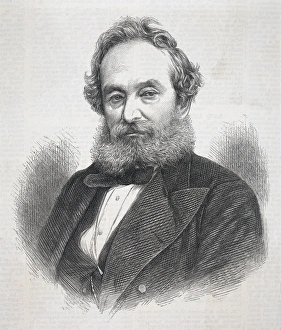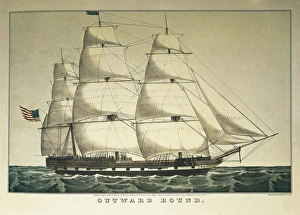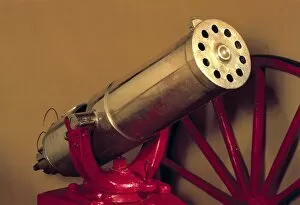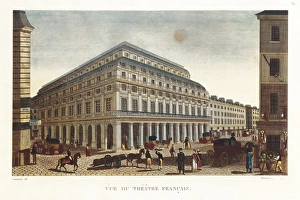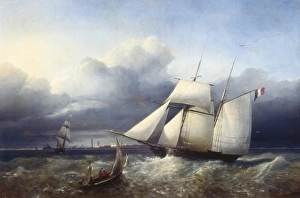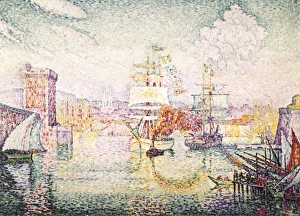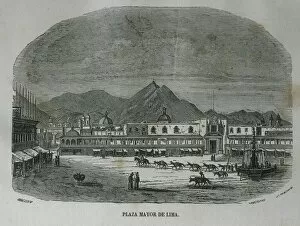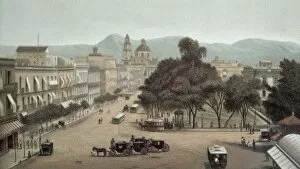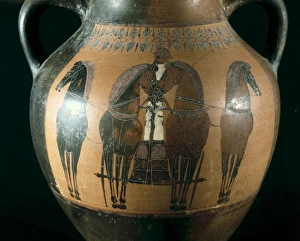Tecnol Gicos Collection
"Exploring the Technological Marvels of Ancient Civilizations to Modern Innovations
All Professionally Made to Order for Quick Shipping
"Exploring the Technological Marvels of Ancient Civilizations to Modern Innovations: A Journey through Time" Embark on a captivating journey through time as we delve into the world of "tecnol gicos, " from ancient Mesopotamia to modern-day inventions. Our first stop takes us back to 3500 BC in Italy's Lombardy region, where the mesmerizing Wheel of Ur stands as a testament to early human ingenuity. Moving forward, we find ourselves amidst the enchanting Egyptian art scene, witnessing an exquisite painting depicting an Egyptian ship gracefully sailing along the Nile. This artwork showcases not only their artistic prowess but also their advanced knowledge in navigation and seafaring. Fast forward to the late 18th century, and we encounter Joseph-Nicephore Niepce, a French inventor who revolutionized photography with his pioneering work. His invention paved the way for capturing moments frozen in time and forever preserving them for future generations. As our expedition continues, we stumble upon Sir Francis Pettit Smith, an English inventor whose contributions led to significant advancements in lighthouse provisioning. His innovations ensured safe passage for countless sailors navigating treacherous waters off Brittany's coast. Crossing continents and oceans brings us to North America during the Malaspina Expedition (1789-1794), where Canadian lands were explored by intrepid adventurers seeking new frontiers. Their discoveries would shape history and pave the way for further technological progress across this vast continent. The mid-19th century introduces us to an illustration showcasing the inside of a post office-wagon—a marvel that facilitated efficient mail delivery during those times. This innovation exemplifies how technology can enhance communication systems even before telegraph lines spanned nations. Our next destination transports us back in time yet again—this time witnessing a Roman trireme gliding effortlessly through Mediterranean waters. The intricate engravings capture both its grandeur and engineering brilliance—an enduring symbol of ancient Roman technological prowess.

